Plants to avoid in a small garden – 7 types to keep out of a tiny backyard
We've asked the experts what plants to avoid in a small garden – and what you should in fact be planting when space is tight
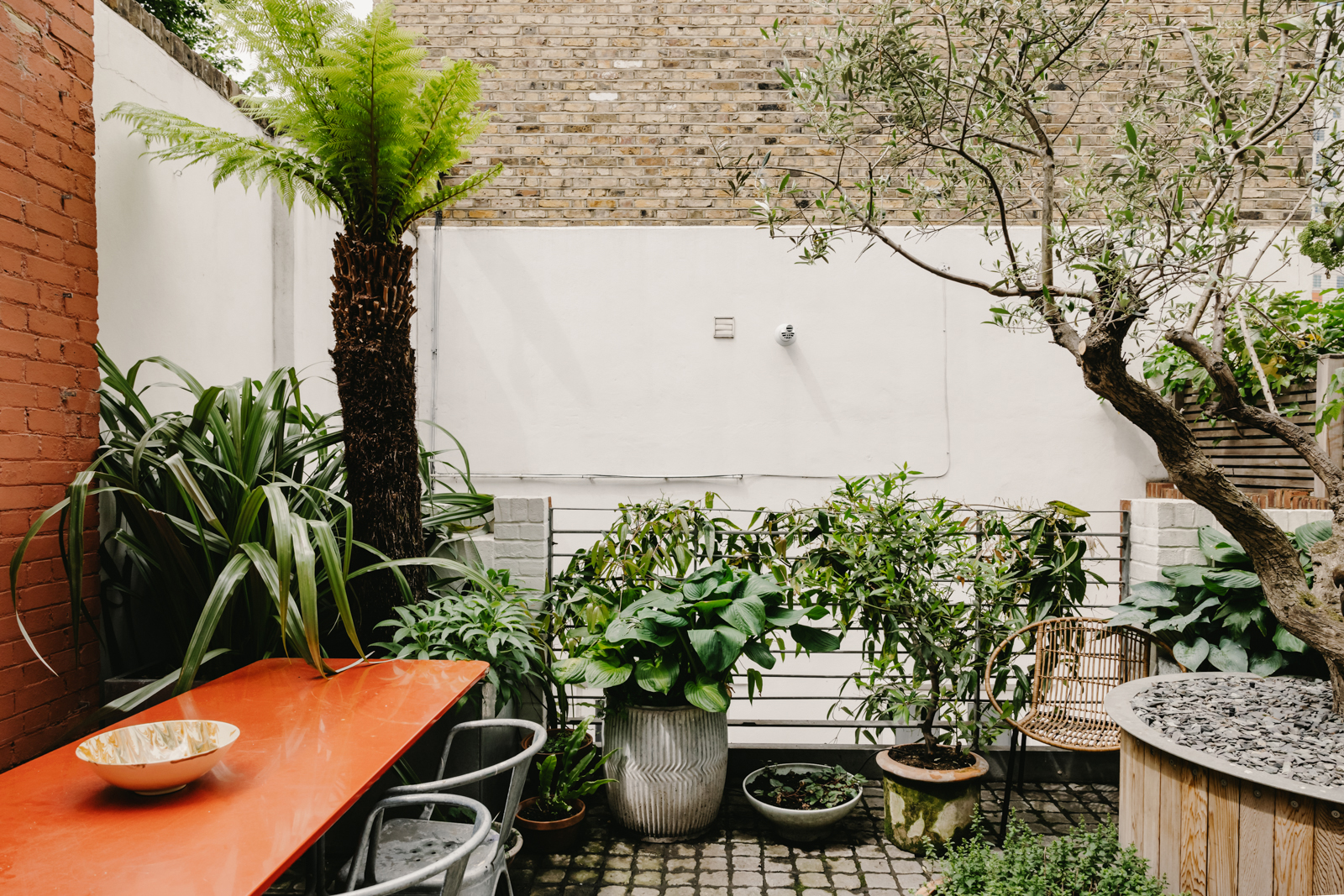
Looking for plants to avoid in a small garden? You're in the right place.
If you're the proud owner of a courtyard, rooftop or balcony, you only have to look at the best small garden ideas to know it's possible to make these spaces look just as visually appealing as a large and luscious backyard. However, when you're working with a limited outdoor footprint, there are a few plants to avoid in a small backyard.
As expert gardener Florence Mansbridge (who works for the UK's iconic Eden Project) tells us, 'When gardening in a small space, every plant really counts. So careful consideration needs to be given to each plant chosen to make sure they complement the other plants around them.
'Choosing compact plants that won’t take over, or a couple of really architectural plants with interesting underplanting are best. Plants that thrive in pots add different layers and herbaceous plants that grow well over bulbs make the most of the space. Having a succession of bulbs followed by summer flowering plants is a great way to keep color in the garden. For a sunny spot, lavender is a good choice as it can be kept compact by pruning after flowering every year.'
So, to help your small outdoor space thrive, we've asked the experts what are the top plants to avoid in a small yard.
7 plants to avoid in a small garden
1. Clematis montana
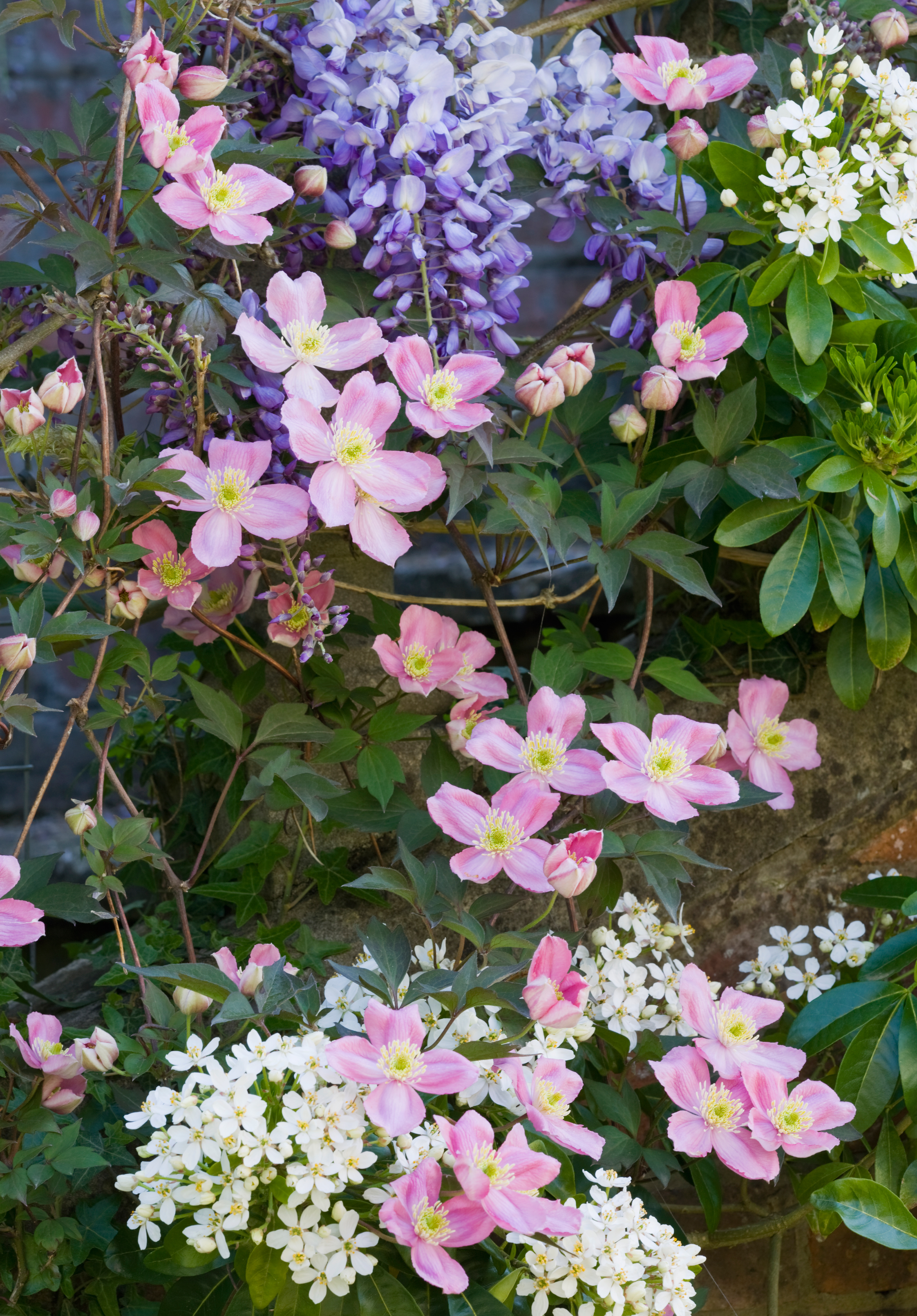
Pretty, pink-in-color and flowering in spring, Clematis montana might help add some greenery to your space. But if left unchecked, it can reach anywhere between seven to 12 meters.
George Ellis, Gardener at West Dean Gardens says, 'Training climbers up walls and fences is an effective way of maximizing the growing area in a small garden. Clematis montana is a popular early-flowering variety, but it can quickly overwhelm a small area and will not flower well if it is pruned hard. For early-flowering clematis of a more suitable size, try cultivars of Clematis alpina or Clematis macropetala, which are also suitable for container gardening.'
The Livingetc newsletters are your inside source for what’s shaping interiors now - and what’s next. Discover trend forecasts, smart style ideas, and curated shopping inspiration that brings design to life. Subscribe today and stay ahead of the curve.
2. Magnolias
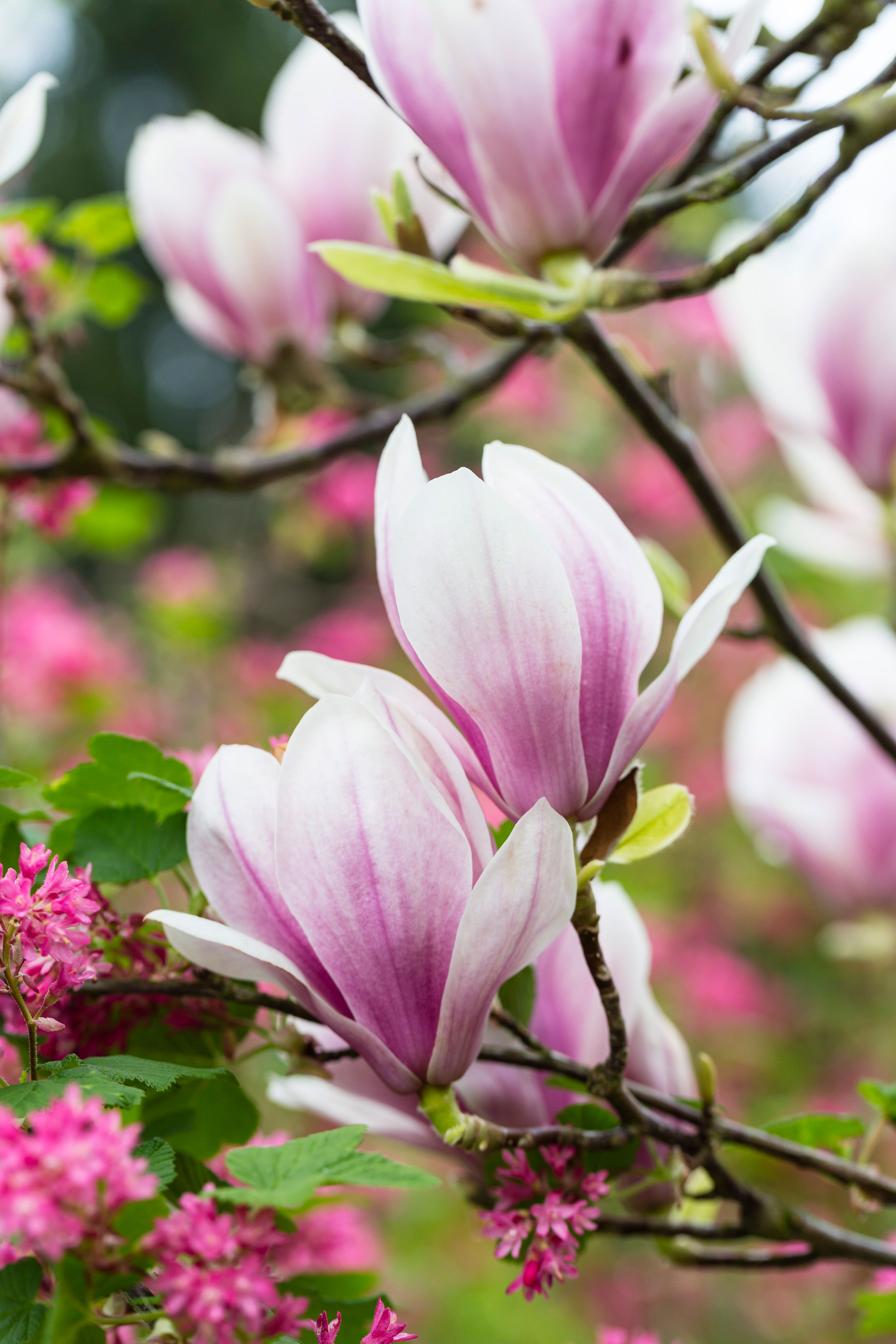
We love a magnolia plant as much (if not more) than the next person. These beautiful blooms are popular – and rightly so, as they give a wonderful spring floral display.
However, as Ellis explains, 'Be careful to choose a magnolia that will reach a suitable size for your garden, as any drastic pruning will spoil the natural form of the tree. Magnolia stellata cultivars are excellent for trees for small gardens as they reach just 2 meters in height.'
3. Eucalyptus
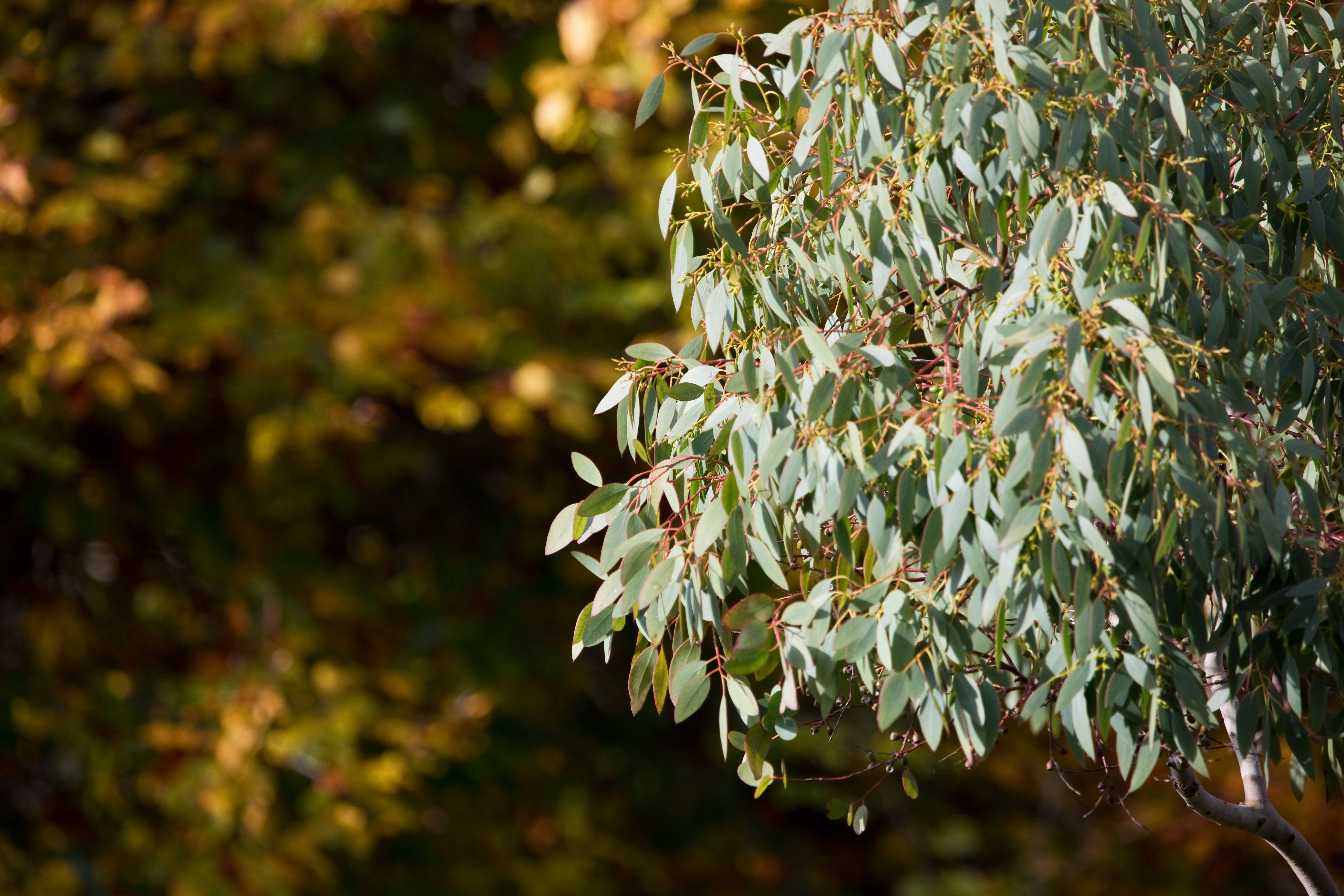
Eucalyptus is one of the most versatile pieces of foliage. From adding dried eucalyptus to floral bouquets to injecting a eucalyptus shower bundle in your bathroom. These serene-smelling goods are the gifts that keep on giving. But when it comes to small backyards, it's important to choose your eucalyptus-type wisely.
'Eucalyptus trees are often grown for their attractive flaking bark and glaucous evergreen foliage,' Ellis explains. 'However, they are fast-growing and can get extremely tall. It is also challenging to plant beneath them as they soak up a lot of water from the surrounding soil. Some smaller species such as Eucalyptus gunnii can be grown in containers, and if coppiced in spring they respond with fresh young shoots and foliage.'
4. Rambling roses
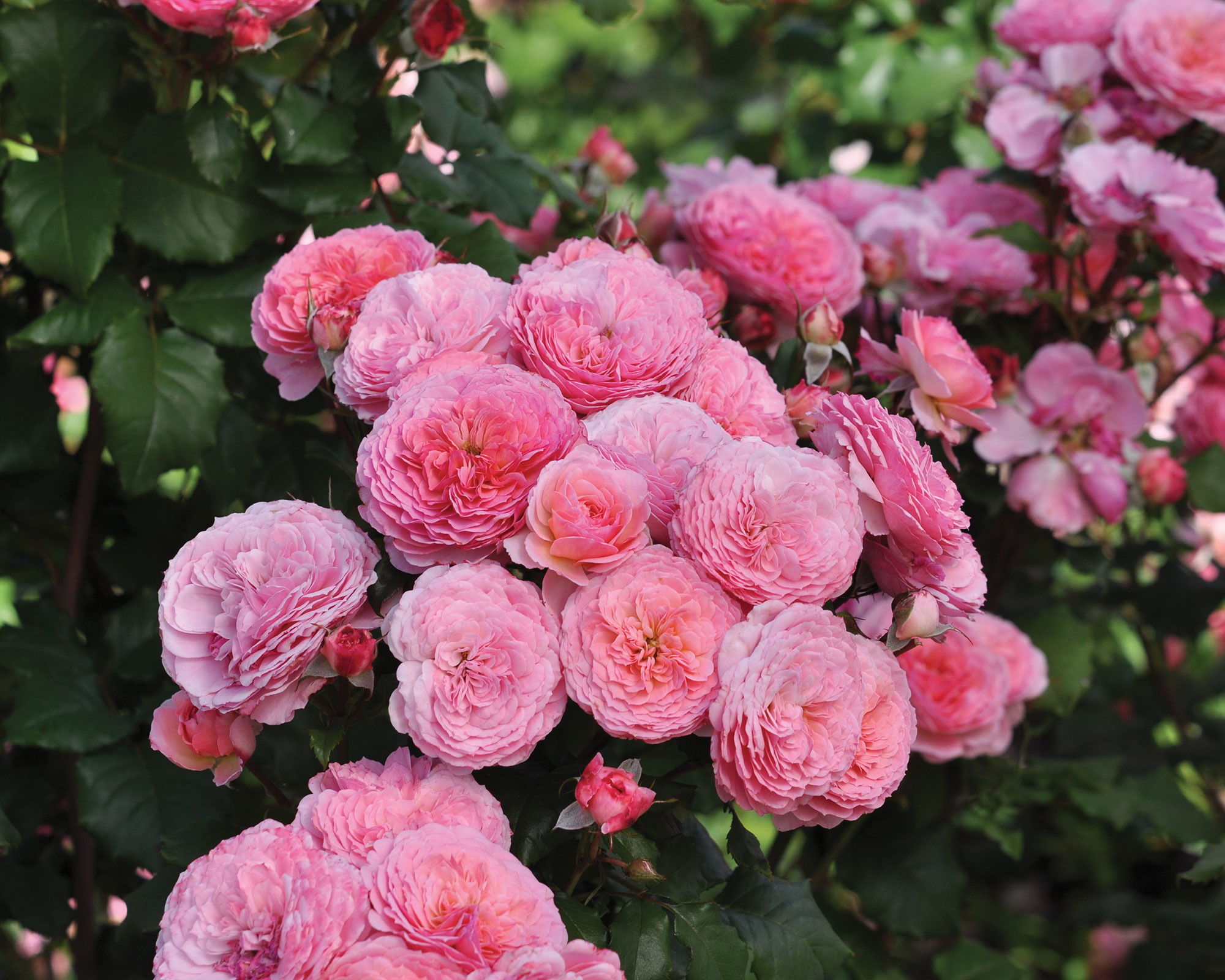
Easy to grow, sturdy and fabulously fragrant, roses are often a favorite in backyards. However, before you add these beautiful blooms to your courtyard garden or small rooftop, take note of the variety of roses you invest in.
Ellis says, 'Rambling roses such as ‘Kiftsgate’ and ‘Rambling Rector’ are extremely vigorous, so instead opt for shrub roses suitable for containers or the flower bed of a small garden, or choose more controllable climbing roses to train along walls and fences.'
5. Bamboo

Bamboo is a popular plant giving spaces an exotic, Japanese garden feel. It's often used in overlooked spaces as it doubles up as a privacy screen. However, as Jane Harries, from Jane Harries Garden Designs, says, 'Keep clump-forming bamboo in a pot or use a plant barrier to keep it under control.'
If you do want to introduce bamboo into your outside space, Ellis recommends researching more suitable bamboos.
Ellis says, 'Running varieties of bamboo spread rapidly and rampantly by underground stems that grow away from the main stems and can easily travel under walls and fences- these include Phyllostachys and Sasa and should definitely be avoided. Clump-forming bamboos such as Fargesia are much less invasive and many are suitable for containers. Fargesia murielae ‘Luca’ grows to just 50cm high.'
6. Helianthus ‘Lemon Queen’
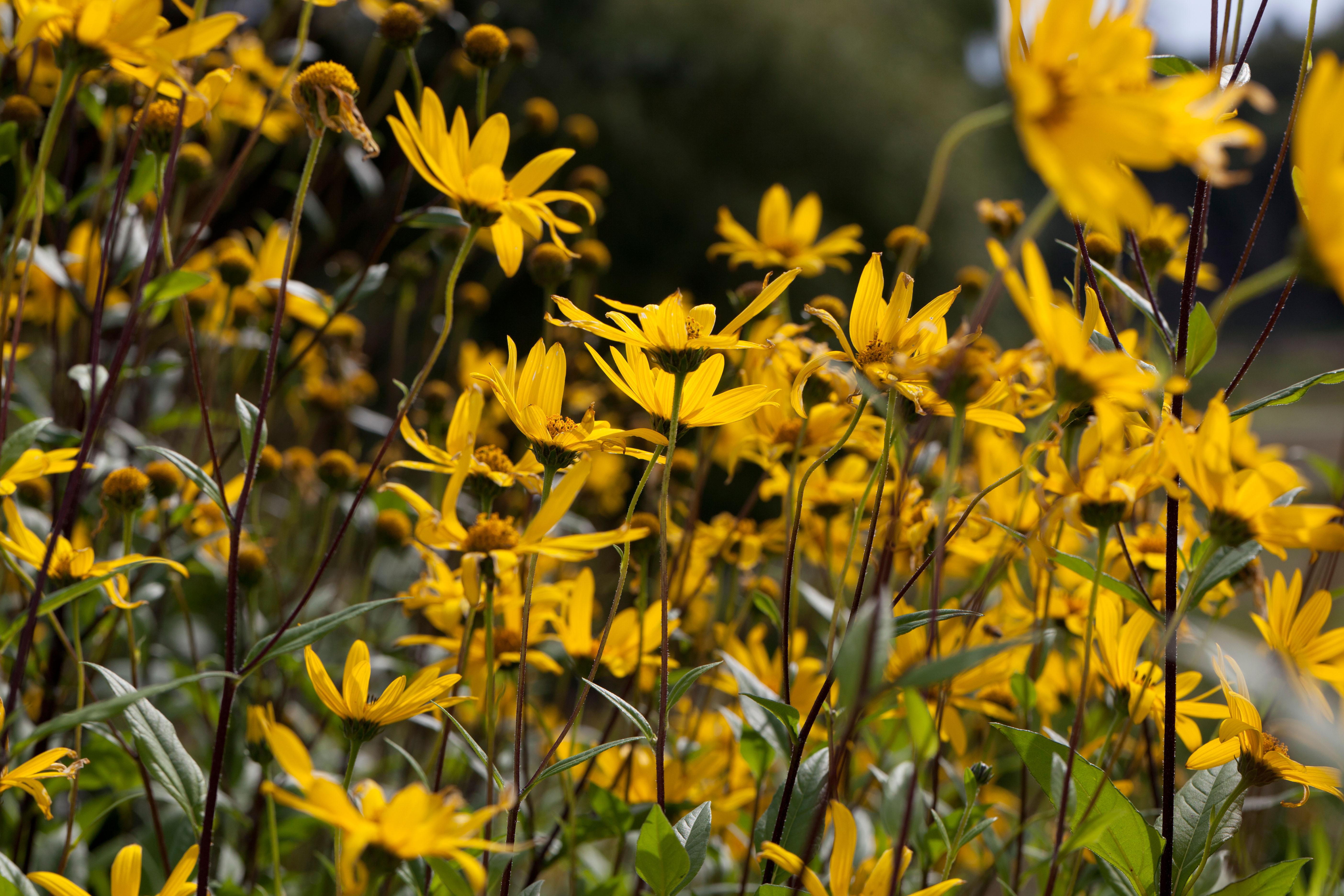
Nothing says 'spring' more than spotting the bright and beautiful heads of sunflowers bobbing in the wind.
Perennial sunflowers, including ‘Lemon Queen’, make for sturdy blocks of yellow to add to any border. But here's a word of warning: according to Ellis, 'They do grow over 2 meters tall, can spread rapidly, and will probably require staking which may be difficult to conceal in a smaller space.
'For a more compact plant that doesn’t require support yet will still add sunny tones to a planting scheme, try Rudbeckia ‘Goldsturm’.'
7. Wisteria
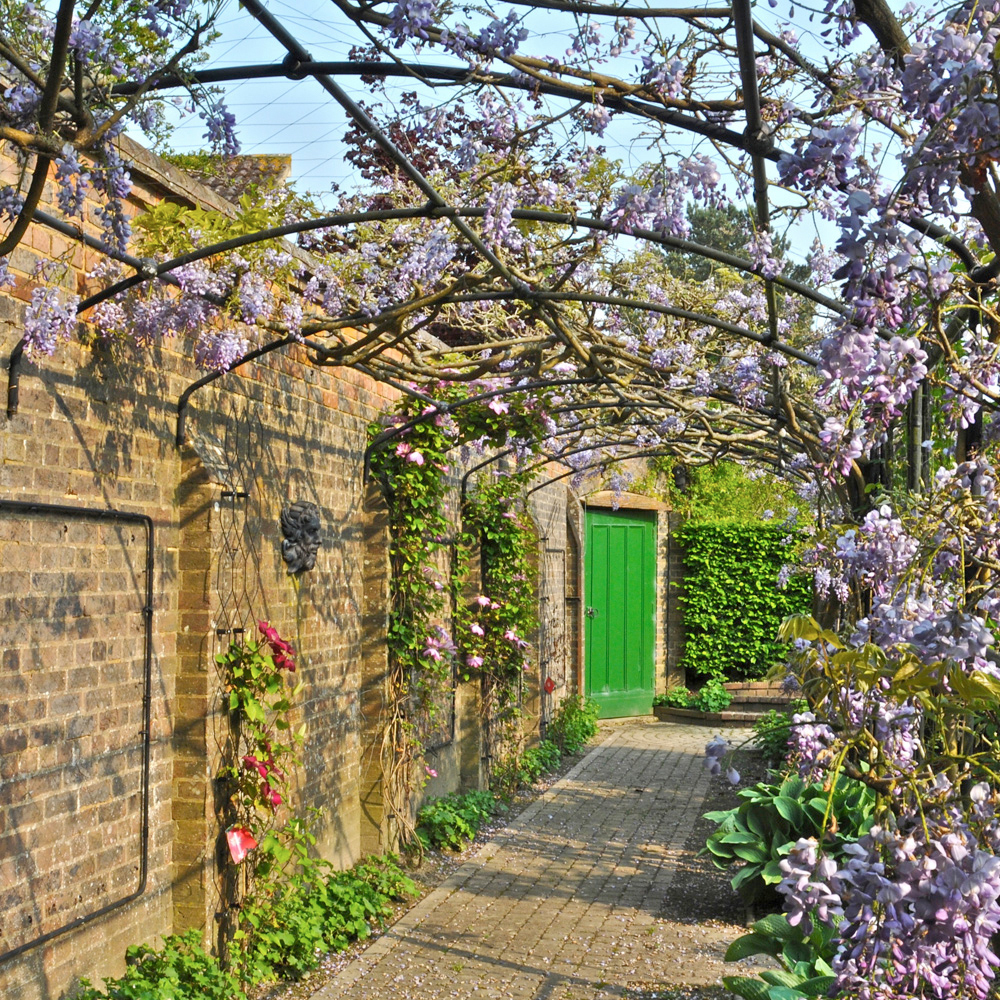
Wisteria is a wonderful climbing plant, helping to inject charm, shade and color to your backyard ideas. But here's the thing: if you're short on square footage, it can eat into your space – and quite rapidly.
Morris Hankinson, director of Hopes Grove Nurseries says, 'Be wary of large, fast-growing species like Wisteria and Parthenicissus quinquefolia (Virginia creeper), which need a lot of pruning and can quickly take over a small garden.'
What alternative plants would work better in small gardens?
Florence Mansbridge says, 'Trained fruit is a good option for small spaces as it concentrates the fruit in one area, not taking up too much space. Cordon fruit trees, which grow as a single stem, are a good option, or the espalier technique if there’s a wall. Make sure to choose smaller rootstocks such as M9 and M26 for apples and pixy for plum, gage and damson, this is also relevant when choosing to grow fruit trees in pots.
'Cornus mas, the Cornelian cherry, is a lovely small tree with very early blossom which is great for pollinators.
'For winter scent and interest, Hamamelis, witch hazel, is a good choice for small spaces as it is slow-growing and doesn’t get too big. Malus x robusta ‘Red Sentinel’ crab apple is a lovely choice for a small garden with beautiful blossom followed by small red edible fruit and can be bought on a small rootstock.'
What outdoor plants are toxic?
Florence says, 'Many garden plants are toxic, so it’s important not to harvest or ingest anything you are not sure of and to wash hands thoroughly after gardening.'
To help seek out the toxic plants from the non-toxic plants, Morris Hankinson has listed some common varieties below:
1. Hydrangeas – Hankinson says, 'Though a common outdoor garden plant, hydrangeas actually contain cyanide. They produce it in very low amounts so would not be toxic to touch or smell, however, if ingested it can be toxic for both pets and humans.'
2. Daffodils – Hankinson tells us, 'Daffodils are a staple of spring, however, they are mildly poisonous. If ingested by a pet, they can cause unpleasant effects such as vomiting, dehydration and convulsions.'
3. Foxglove – 'While they have been used for medicinal purposes,' Hankinson says, 'just a handful of the blossoms is enough to seriously poison a child or pet. Effects can include increased heart rate, nausea, vomiting, seizures and could be life-threatening.'
4. Poison Ivy – Hankinson says, 'The clue is in the title with these toxic plants. However, it should be remembered that poison ivy is only moderately poisonous. If pets or humans touch poison ivy, they will likely experience irritation and a rash.'
What is the most toxic garden plant?
Florence says, 'Monkshood is possibly the most poisonous garden plant. It has attractive blue to dark flowers and all parts of the plant, especially the roots, contain toxins, aconitine being the most poisonous of these toxins.'
While Morris believes the most toxic plant of all is Giant Hogweed. Hankinson says, 'This plant can grow in gardens if your garden is adjacent to an infested woodland area, heathland or common land.
'Giant Hogweed is spread by seed and is usually seen between Spring and Autumn. The best time to treat Giant Hogweed is in the Summer. Be careful, it has been known to cause blisters to people who touch it.
Becks is a freelance lifestyle writer who works across a number of Future's titles. This includes Real Homes, Top Ten Reviews, Tom's Guide, TechRadar and more. She started her career in print journalism at a local newspaper more than 8 years ago and has since then worked across digital and social media for food, fashion and fitness titles, along with home interior magazines. Her own interior style? She's big on creating mindful spaces in every corner of her home. If it doesn't spark joy or happiness, it has no place here. When she’s not writing, she’s reading and when she’s not reading, she’s writing.